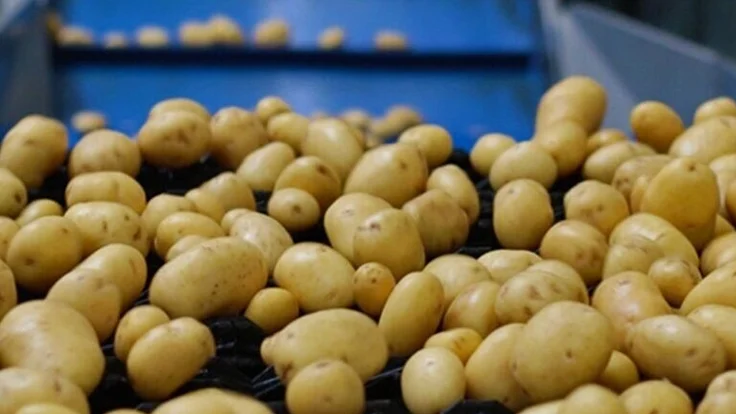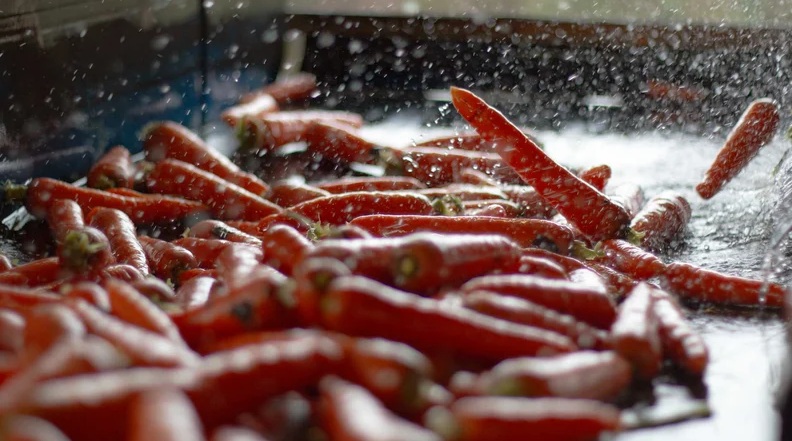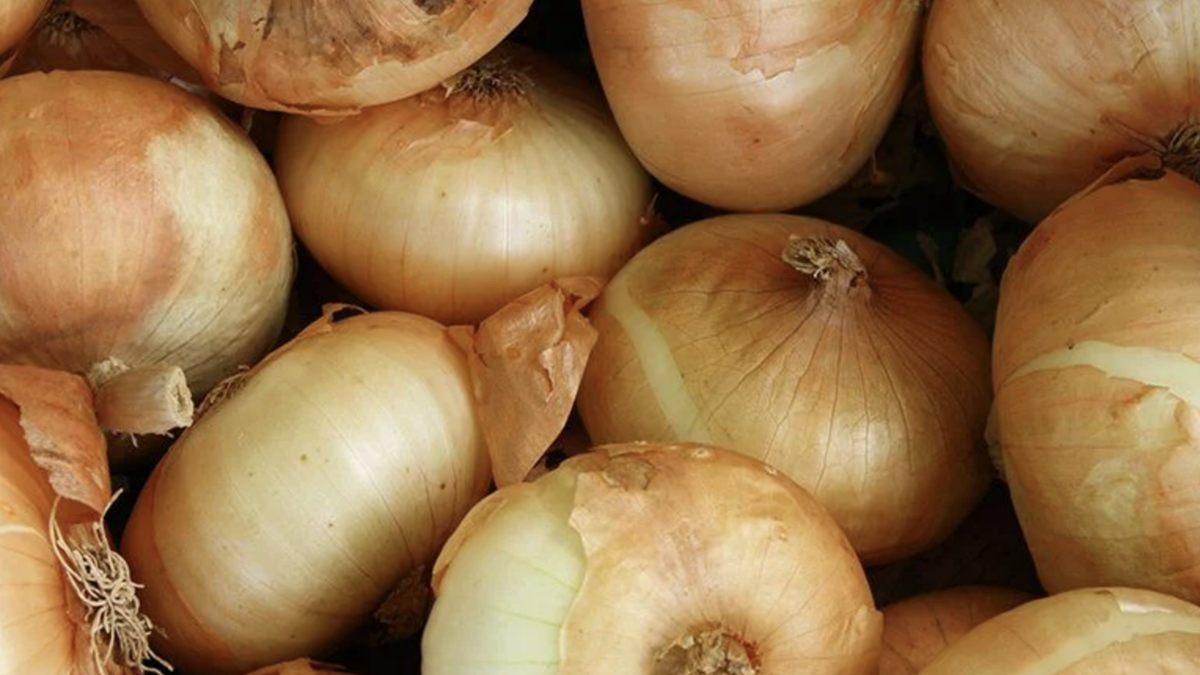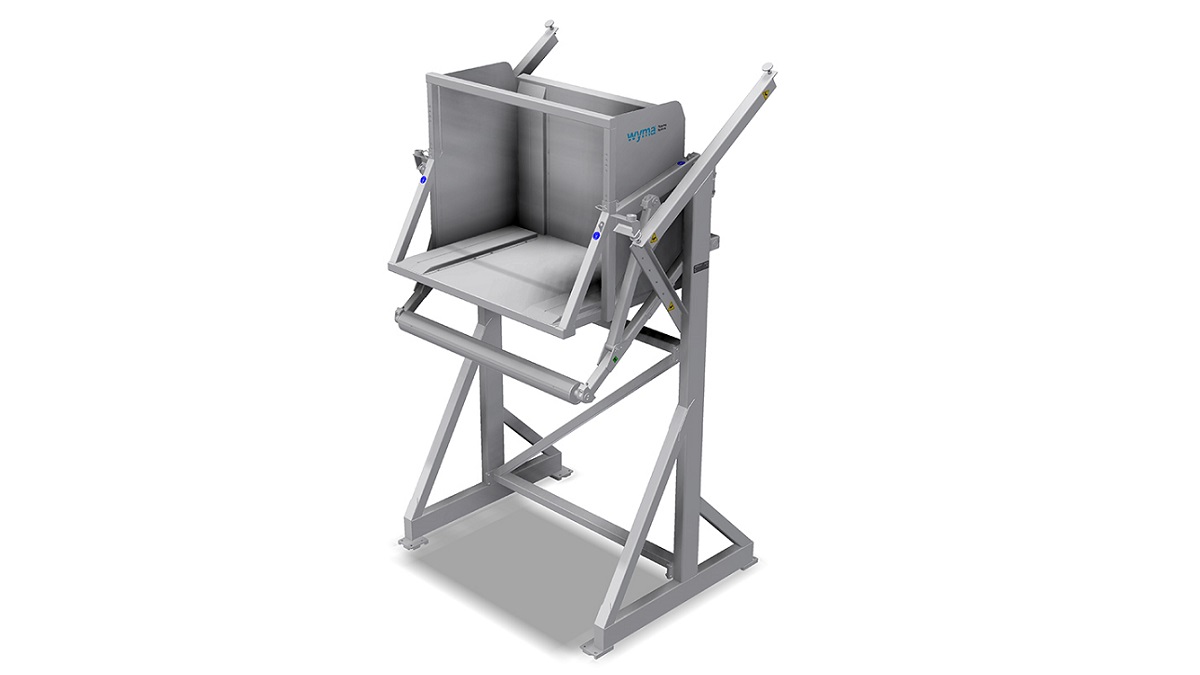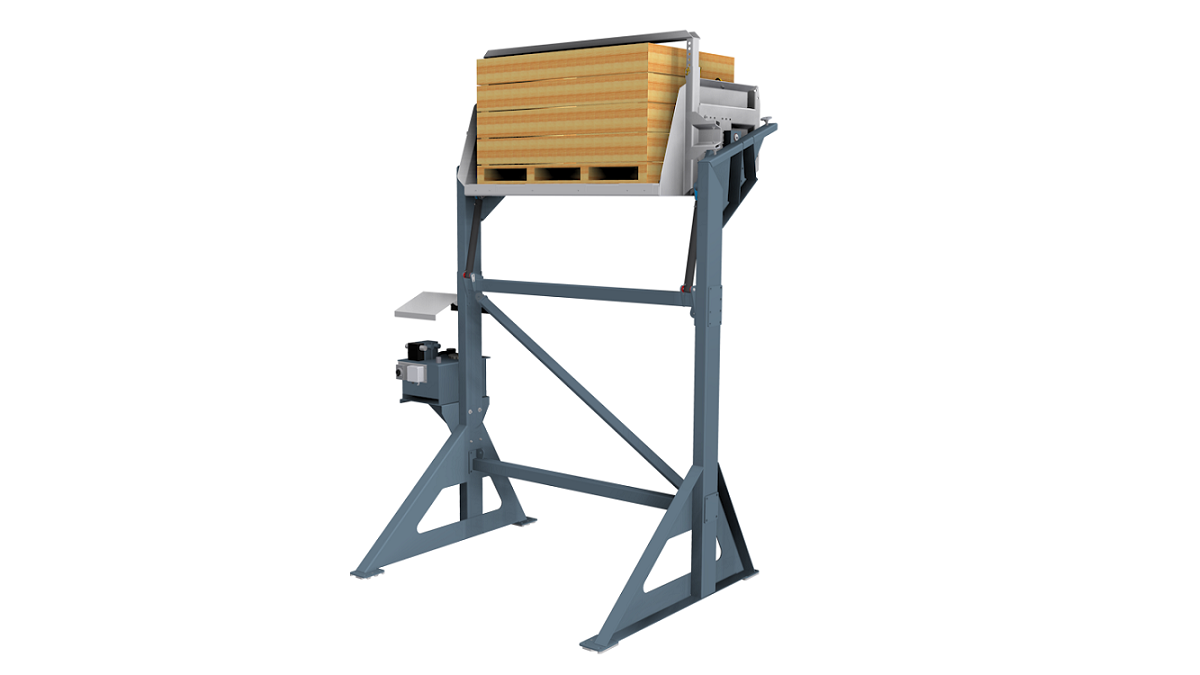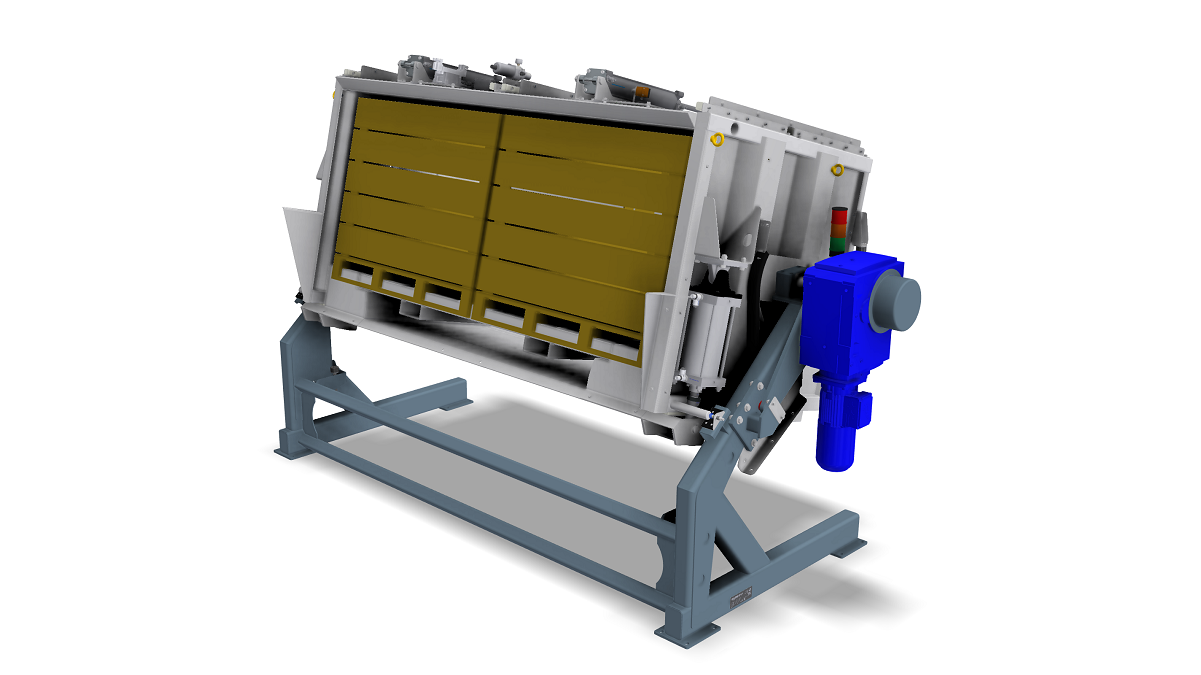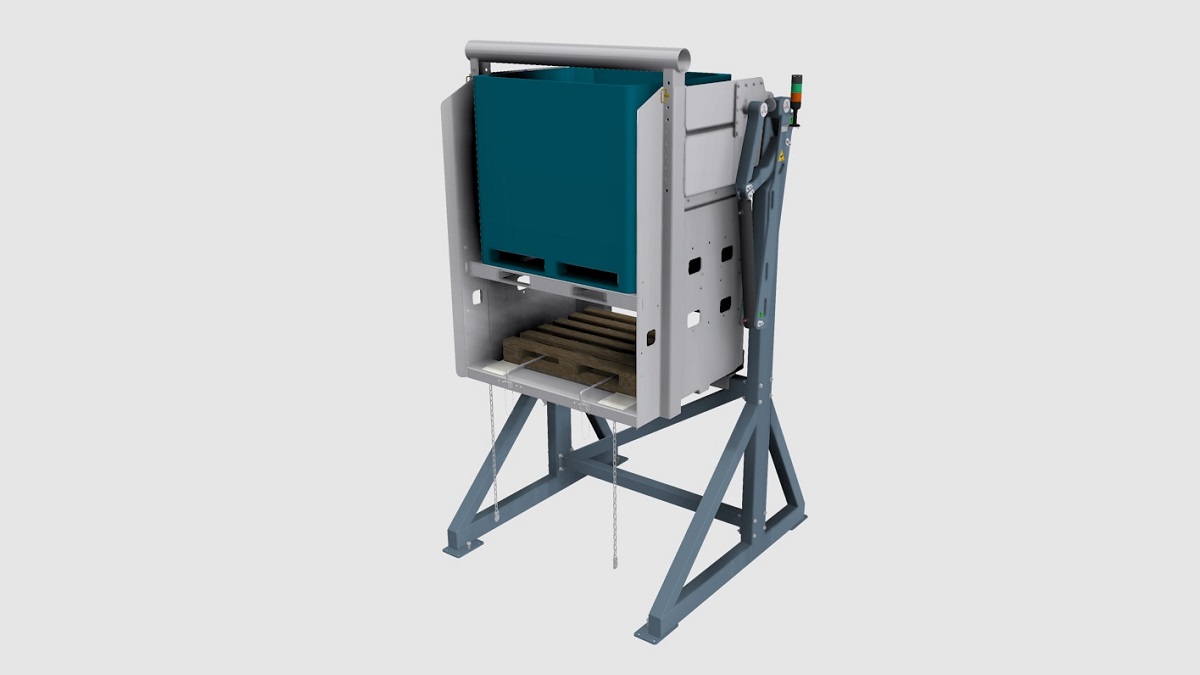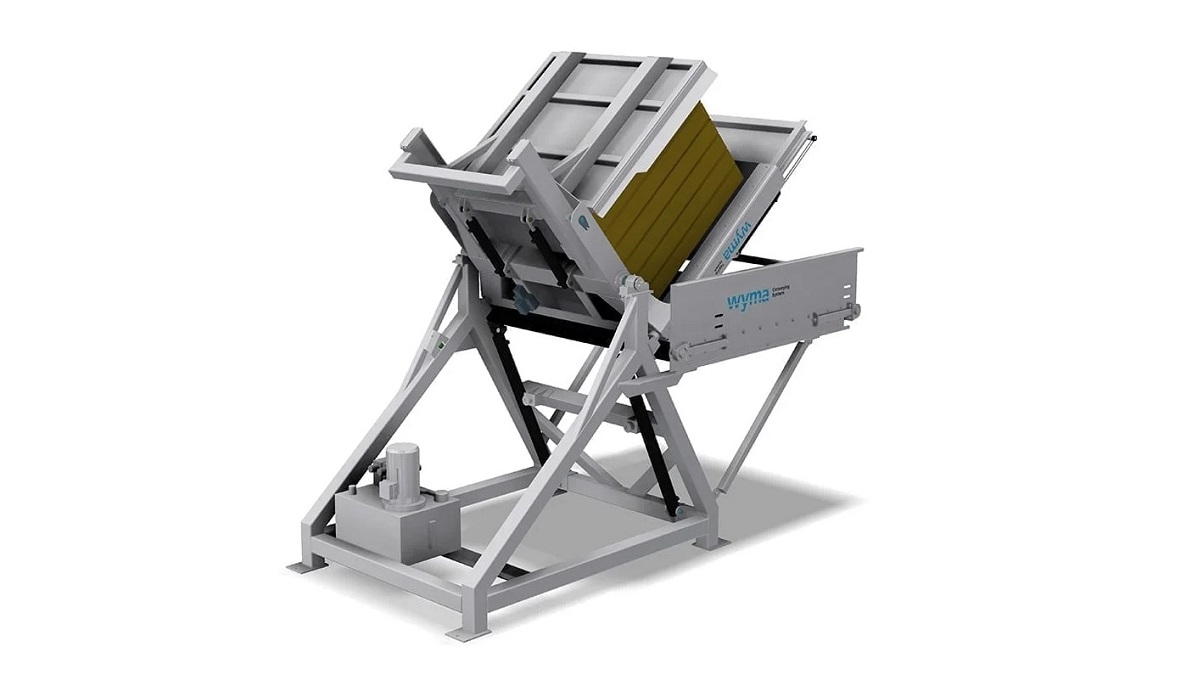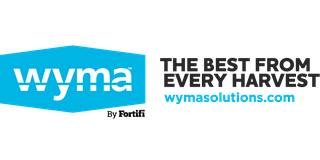

Wyma Solutions
Conditioning
Maximize Your Potato Harvest: Essential Tips to Avoid Bruising and Boost Profits
Download the free e-book and learn how to avoid potato bruising and boost your profits with our tips on planting, growing, harvesting, and storage
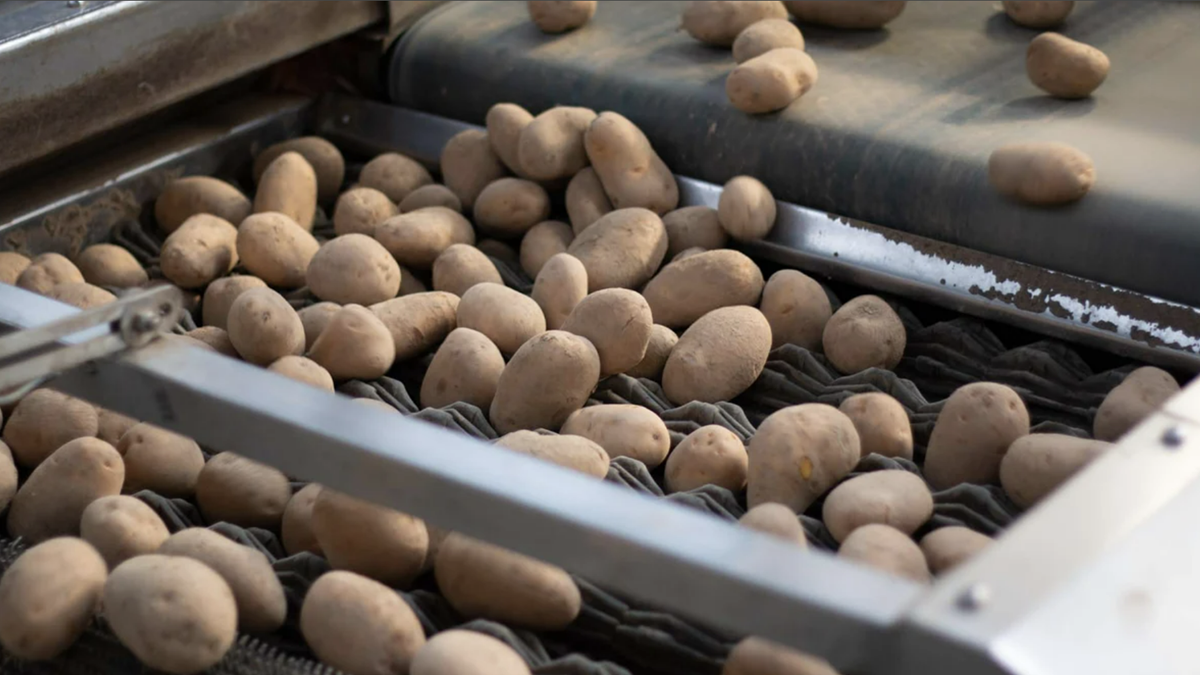
Potato bruising can be a significant issue for growers, impacting both the quality and profitability of your harvest. While it’s impossible to avoid bruising entirely, there are several strategies you can implement to minimize damage and maximize your returns. This article provides key information on how to protect your potatoes at every stage of the process, from pre-planting preparations to storage. For more in-depth information, download WYMA e-book here.
Types of Potato Bruising
Understanding the types of bruising is the first step in prevention. Potato bruising typically falls into four categories:
- Blackspot Bruising: This occurs when the potato’s cells are damaged but the skin remains intact, leading to dark, sunken spots.
- Shatter Bruising: Characterized by cracks or splits in the skin, often caused by rough handling.
- Pressure Bruising: Results from prolonged pressure on the tubers, leading to flattened or indented areas.
- Skinning & Feathering: Handling unripe potatoes can scuff the skin, causing darkened areas when exposed to wind, sun, or dry air. This reduces their visual appeal and marketability.
Tips for Avoiding Potato Bruising
Before Planting
- Soil Preparation: Ensure your soil is well-drained and loose to allow for easy growth and minimize the risk of compaction.
- Correct Nutrient Balance: Adequate levels of potassium can strengthen cell walls, making potatoes less susceptible to bruising.
While Planting
- Seed Handling: Handle seed potatoes carefully to avoid cuts and bruises. Plant them gently to prevent impact damage.
- Planting Depth: Ensure seeds are planted at the correct depth to protect them from exposure and mechanical damage.
- Fertilisers: Use potassium and calcium-based fertilisers instead of nitrogen to reduce bruising and enhance potato healing and disease resistance.
During the Growing Season
- Regular Monitoring: Inspect plants regularly for signs of disease or pest infestations, which can weaken tubers and make them more prone to bruising.
- Water Management: Avoid overwatering or underwatering, as both can stress the plants and increase the risk of bruising.
During Pre-Harvest Prep
- Watering: Reduce potato watering for two weeks prior to harvesting. This toughens their skins and makes them less susceptible to bruising.
- Soil Moisture: Ensure the soil is neither too wet nor too dry at harvest time to facilitate easy lifting of the potatoes.
When Harvesting
- Gentle Harvesting: Use equipment that minimizes drop height and handles potatoes gently to reduce impact damage. Drop height should not be more than 150mm (6 Inches).
- Optimal Timing: Harvest during cooler parts of the day to avoid temperature stress on the tubers.
- Tuber Temperature: Harvest potatoes when tuber pulp temperature is >10°C (50°F).
While Handling
- Minimize Drops: Use conveyors and handling equipment designed to reduce drop heights and cushion the potatoes.
- Reduce Handling: The less you handle the potatoes, the less chance there is for bruising. Handle them as little as possible.
- Temperature: During processing, potatoes should be >8°C (46°F).
In Storage
- Temperature Control: Store potatoes in a cool, dark place with temperatures between 3 - 5°C (37°F - 41°F) to maintain quality and minimize bruising.
- Proper Ventilation: Ensure good air circulation to prevent moisture buildup and potential pressure bruising.
- Humidity: Keep humidity high to avoid rot (95% humidity is ideal).
Recommended Equipment for Minimizing Damage
Investing in the right processing equipment can significantly reduce the risk of bruising. Look for:
- Bulk Unloading: Use full conveyors and Troughed Conveyors to minimize drop heights.
- Tippers: Opt for lidded or soft-tip bin tippers for gentle handling.
- Waste Removal: Use Horizontal Hedgehogs for minimal damage.
- Wet Hoppers: Employ water-filled hoppers for gentle dirt removal.
- Conveying: Minimize drops and use flumes for gentle transport.
- Destoning: Use water-based destoners to avoid damage.
- Washing & Polishing: Choose appropriate equipment based on potato condition.
- Cooling: Use Hydro-Coolers to quickly reduce temperature.
- Filling: Ensure gentle filling with sensor-equipped equipment.
- Storage: Opt for well-ventilated bunkers or automatic bin handling systems.
Bruising can drastically reduce the quality and market value of your potato harvest, but with careful attention at each stage of the growing and harvesting process, you can minimize damage and maximize your profits. From preparing your soil to storing your crop, every step matters. Implement these tips and invest in the right equipment to ensure you get the most value from your potatoes.
Remember, healthy potatoes mean a healthier bottom line. Happy harvesting!


